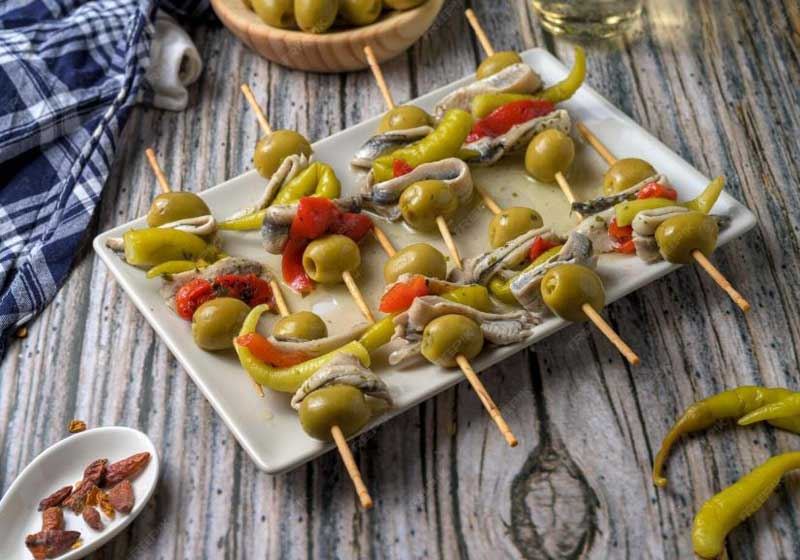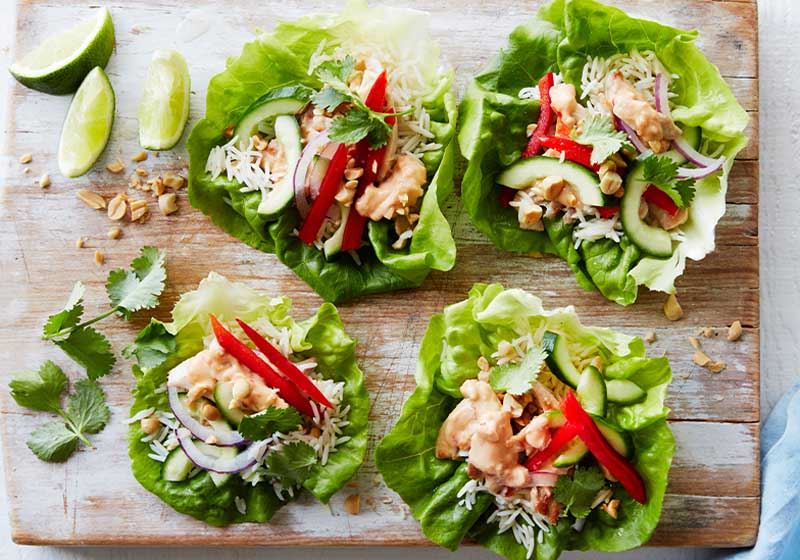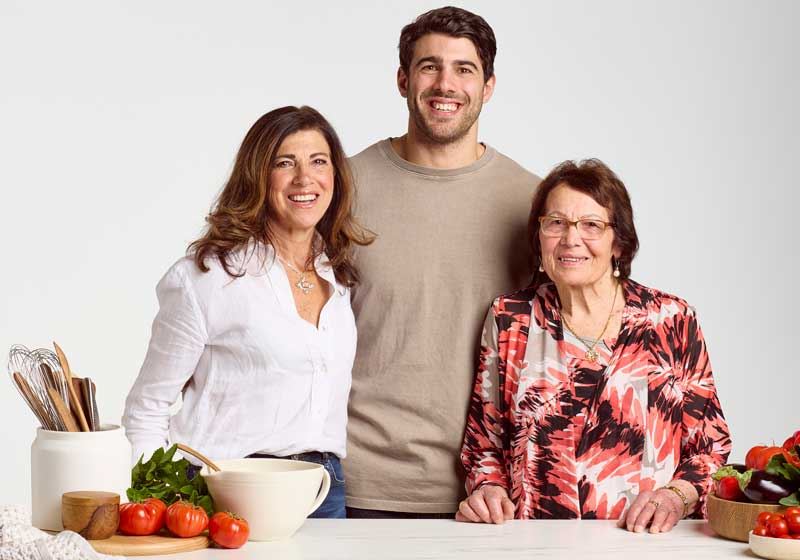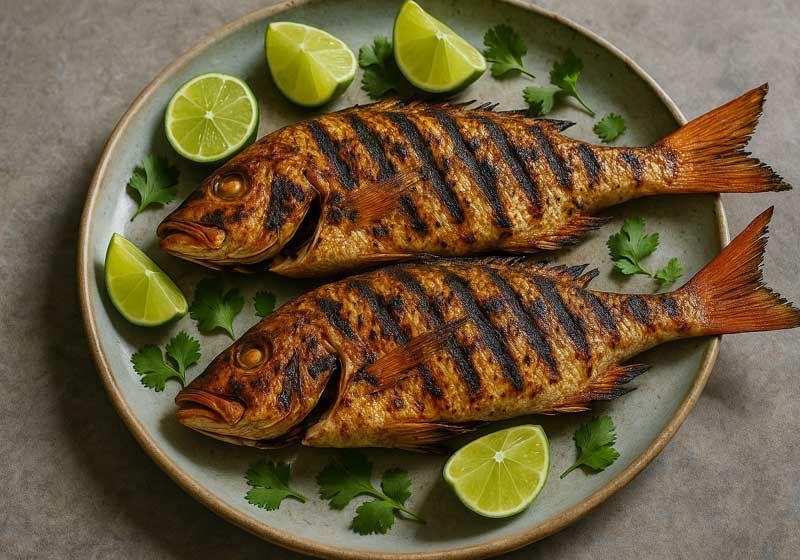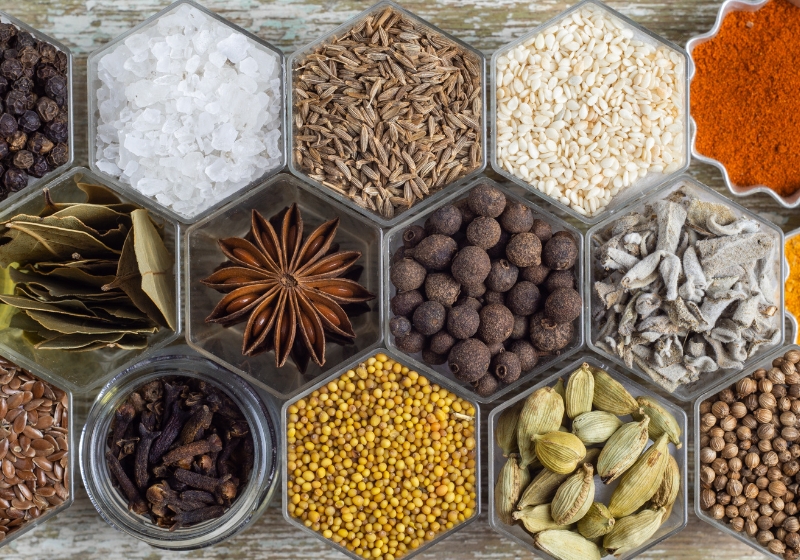
- Think of spices like coffee: there are different grades of quality and freshly ground is always best. Good, young spices will be rich in essential oils but these precious aromas drift away with age, especially once ground. Ideally, you should buy spices whole, in small quantities and grind as needed.
- There is still a place for convenient pre-ground options, but refresh often and be aware that their intensity may be dulled.
- Store all spices in airtight containers away from heat and light. Any old spice you have must go! Smell: there should be an intense and appealing fragrance; there should never be a dusty disappointment.
- Ground spices release their aroma more quickly into a dish as all the flavour compounds and volatile oils are exposed. First, choose the texture you want. For a fine, even grind, an electric spice grinder is best. Using a pestle and mortar gives you more control, so is good when you want cracked spices or a coarser grind.
- Adding a little sugar to act as an abrasive and an absorbent when grinding can be helpful, especially for oily cardamom seeds and cloves or sticky mastic.
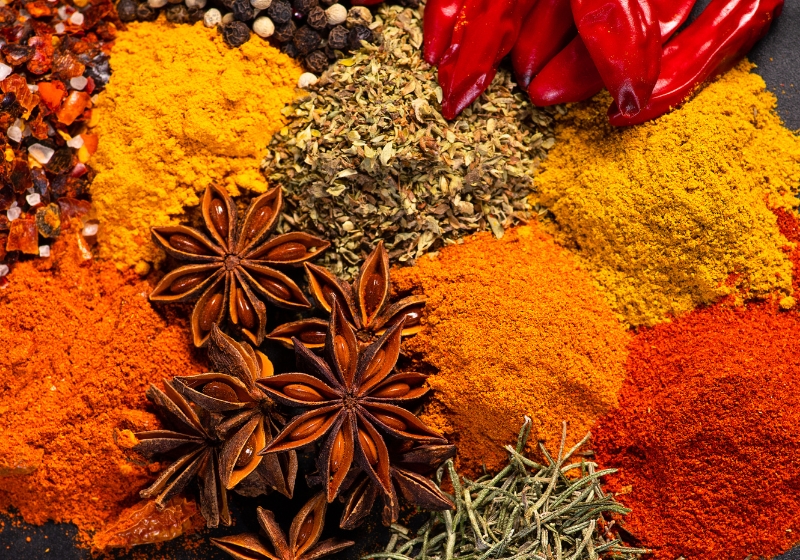
- Most spices benefit from toasting as the heat brings the essential oils to the surface, intensifying the flavours and revitalising old stock. It also makes them more brittle and easier to grind. Be aware though that toasting can alter their character, usually bringing out more nutty, roasted notes while softening floral and herbal flavours, so consider what effect you want in your finished dish.
- Many spice aromas are soluble in fat, not water, so cooking them with oil or butter allows the flavours to intensify and infuse into the oils to distribute throughout the food.
- Whole spices can be used to create powerful flavour infusions and then removed from the finished dish - good when you want something clean and pure like ice cream or a posset. Time and heat are the drivers to coax out flavours. Alcohol and fat are particularly effective carriers, so cream, butter and spirit infusions are great; sugar and syrups are two other options.
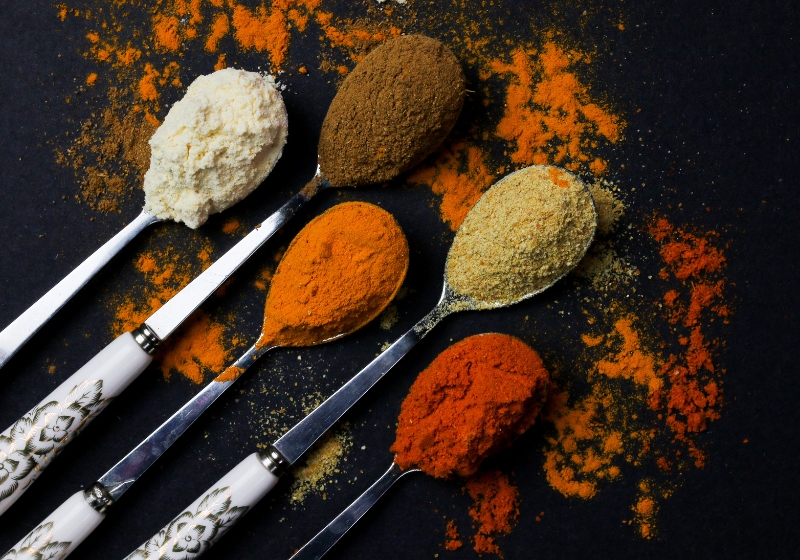
- Adding ground ginger, nutmeg, cardamom, allspice, cinnamon or caraway to yeasted bakes will boost the fermentation and help the rise.
- A finishing dusting of spice will give a different effect to blending the spice into a batter. It gives a pure hit of aroma and a contrast to what lies beneath. Cinnamon and nutmeg both work particularly well as dusting spices.
If you are intrigued by the world of spices or want to read about how to use spice in your cooking, we definitely recommend purchasing your own copy of A Whisper of Cardamom, available through Murdoch books here.
If you're wondering where to buy some fresh spices locally, then it's worth looking at Spice & Co. Established in 2009, the range is blended and packed in Australia from pure herbs and spices, no nasties, no sugar or additives and gluten-free. Spice & Co is 100% Australian-owned and operated and been used on MasterChef since 2012. We also love that they have spice info charts with top uses and ideas for close to 80 individual spices and are exclusive to small independent retailers.



